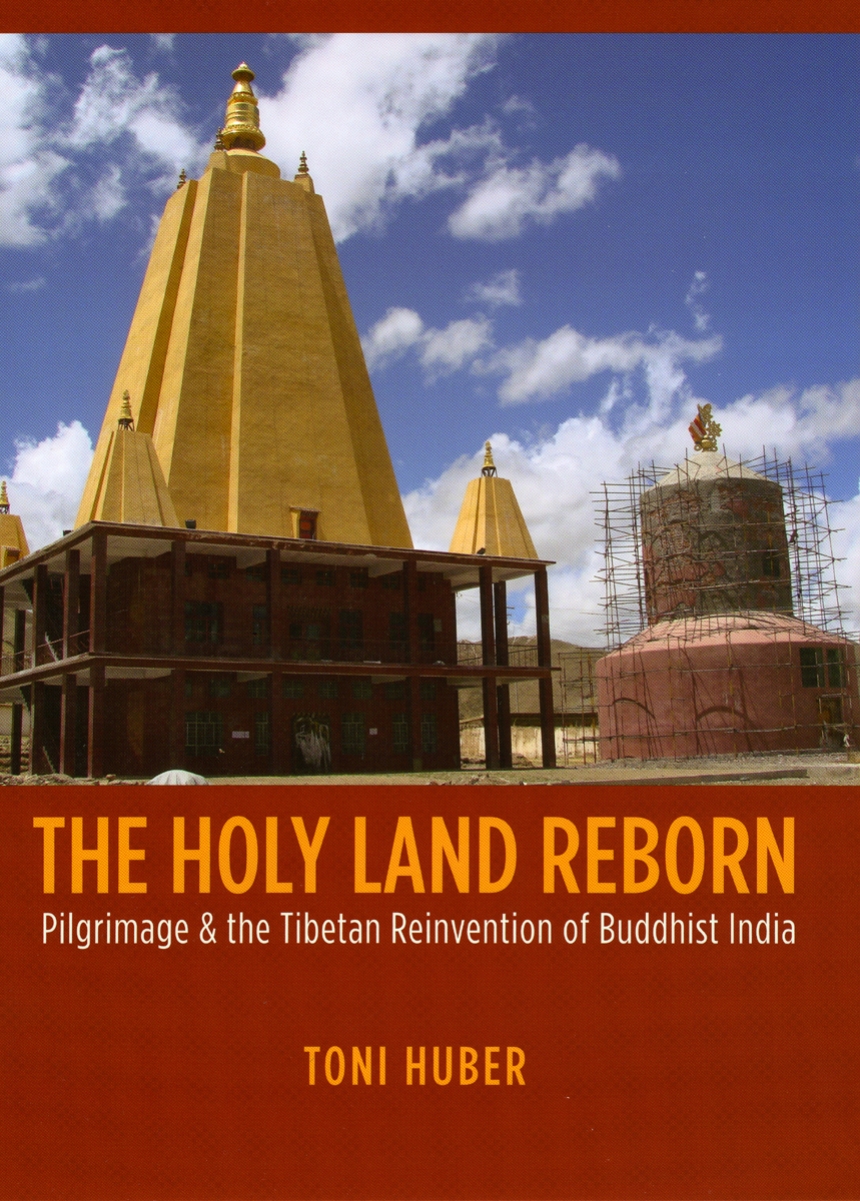The Holy Land Reborn
Pilgrimage and the Tibetan Reinvention of Buddhist India
The Dalai Lama has said that Tibetans consider themselves “the child of Indian civilization” and that India is the “holy land” from whose sources the Tibetans have built their own civilization. What explains this powerful allegiance to India? In The Holy Land Reborn¸ Toni Huber investigates how Tibetans have maintained a ritual relationship to India, particularly by way of pilgrimage, and what it means for them to consider India as their holy land.
Focusing on the Tibetan creation and recreation of India as a destination, a landscape, and a kind of other, in both real and idealized terms, Huber explores how Tibetans have used the idea of India as a religious territory and a sacred geography in the development of their own religion and society. In a timely closing chapter, Huber also takes up the meaning of India for the Tibetans who live in exile in their Buddhist holy land.
A major contribution to the study of Buddhism, The Holy Land Reborn describes changes in Tibetan constructs of India over the centuries, ultimately challenging largely static views of the sacred geography of Buddhism in India.
Focusing on the Tibetan creation and recreation of India as a destination, a landscape, and a kind of other, in both real and idealized terms, Huber explores how Tibetans have used the idea of India as a religious territory and a sacred geography in the development of their own religion and society. In a timely closing chapter, Huber also takes up the meaning of India for the Tibetans who live in exile in their Buddhist holy land.
A major contribution to the study of Buddhism, The Holy Land Reborn describes changes in Tibetan constructs of India over the centuries, ultimately challenging largely static views of the sacred geography of Buddhism in India.
464 pages | 28 halftones, 15 line drawings | 6 x 9 | © 2008
Religion: South and East Asian Religions
Reviews
Table of Contents
List of Figures
Acknowledgments
Note on Transliteration
Introduction
Part One: Locating and Dislocating the Land of the Buddha
1 The Shifting Terrain of the Buddha
2 Buddhist Knowledge and Anachronism in Tibet
3 Journeying to the Centre of the World
4 Tantric Buddhist India and Its Tibetan Appropriation
Part Two: Reinventing the Holy Land in India
5 Nirvanain Assam
6 Return to the Centre of the World
7 The Allure of the Atsaras
8 The Precious Guru in the Punjab
Part Three: Modern Rebirths of the Holy Land
9 Archaeological and Discursive Rebirths of Buddhist India
10 Encountering the Modern Holy Land
Note on Transliteration
Introduction
Part One: Locating and Dislocating the Land of the Buddha
1 The Shifting Terrain of the Buddha
2 Buddhist Knowledge and Anachronism in Tibet
3 Journeying to the Centre of the World
4 Tantric Buddhist India and Its Tibetan Appropriation
Part Two: Reinventing the Holy Land in India
5 Nirvanain Assam
6 Return to the Centre of the World
7 The Allure of the Atsaras
8 The Precious Guru in the Punjab
Part Three: Modern Rebirths of the Holy Land
9 Archaeological and Discursive Rebirths of Buddhist India
10 Encountering the Modern Holy Land
11 Exile in the Land of the Buddha
Notes
Bibliography
Index
